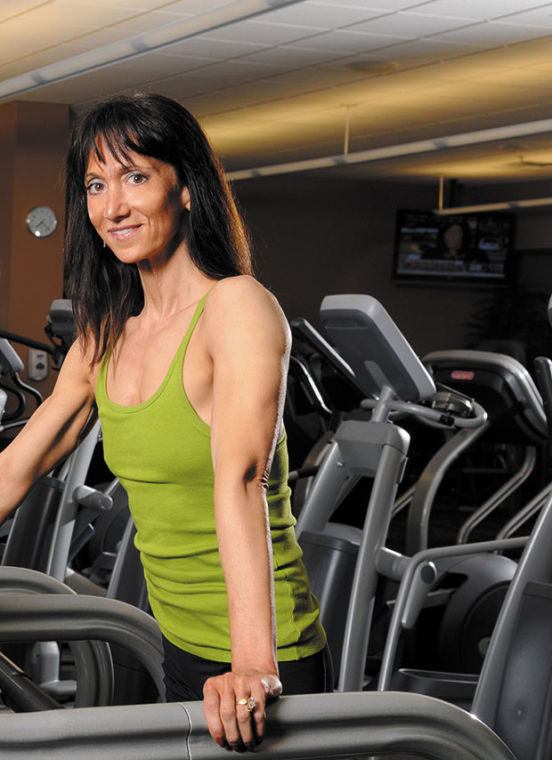Vegan success: Creatively procuring calcium
Published October 13, 2016
Many of my clients ask me for basic nutritional guidance. Since I am a Certified Health Coach in addition to a Certified Personal Trainer, I try to guide them on a healthier path, and one that can be easily adaptive to health or religious concerns.
I have recently adopted a much more plant-based meal plan, and I have to say that I feel good! I still eat fish, but since I no longer engage in serious competitive bodybuilding, my daily protein consumption has purposefully been reduced from 150 grams/day to 65-80 grams/day. Yes, I am small, not quite 100 pounds, but still wish to maintain or even add to my lean muscle mass. A creatively designed plant-based meal plan can certainly facilitate such goals.
A key issue for my clients who have adopted a similar regimen is finding sources of calcium sufficient to meet their US RDA needs. As one would expect, vegans have the same calcium requirements as omnivores: 1,000 mg/day for those between the ages of 19 and 50; after that, 1,200 mg/day for those 50 years old and over. However, in the absence of dairy products, how can individuals be sure they are consuming the right plant-based foods in the appropriate quantities?
As it turns out, plant-derived sources of calcium may offer a few unique benefits. The leafy green vegetables that are good sources of calcium are also rich in vitamin K, which has been found to greatly support the development and maintenance of a healthy bone structure. This certainly comes in handy if fitness is high on the priority list! Potassium and Vitamin C are two more nutrients that come conveniently and naturally packed into most fresh fruits and vegetables.
The good news does not stop there. Many lentil-type protein sources are abundantly rich in calcium, but the average client most likely would not immediately think of them as such. Consider this: ½ cup of great Northern beans, black beans, or navy beans dishes out 50 mg. of calcium. A ½- cup serving of calcium-fortified tofu offers soybean fans a delicious way of obtaining 200 mg. of calcium. A tablespoon of blackstrap molasses even delivers 200 mg. of calcium! An 8-ounce glass of rice, hempseed or soymilk contains 300 mg. of calcium. I am a coconut milk drinker, so I am unable to comment on the taste of such products, but they certainly seem to be flying off the grocery store shelves!
There are some caveats of which to be aware when seeking to obtain calcium solely from plant sources. Compounds known as oxalates, which are present in some leafy green vegetables, can inhibit the absorption of calcium. Beet greens, Swiss chard, rhubarb, and spinach contain abundant calcium as well as many other beneficial nutrients, but unfortunately are also quite high in oxalates. However, if one chooses other leafy greens, such as collard, kale and mustard greens, the terrain is much safer. In the absence of a high concentration of oxalates, the calcium present in these vegetables can be absorbed at a very good rate. Incidentally, these are three veggies I do enjoy and heartily recommend.
Since many clients thrive on busy schedules requiring healthy on-the-go foods, I often suggest fresh vegetables and hummus. Easy to pack and delicious when enjoyed together, a serving will not only offer calcium but protein and healthy fats as well. This makes for a wonderful post-exercise snack, and can easily fit in a portable insulated lunch sack.
Armed with a whole new way Go Green, enjoy a healthy start to 5777!
















